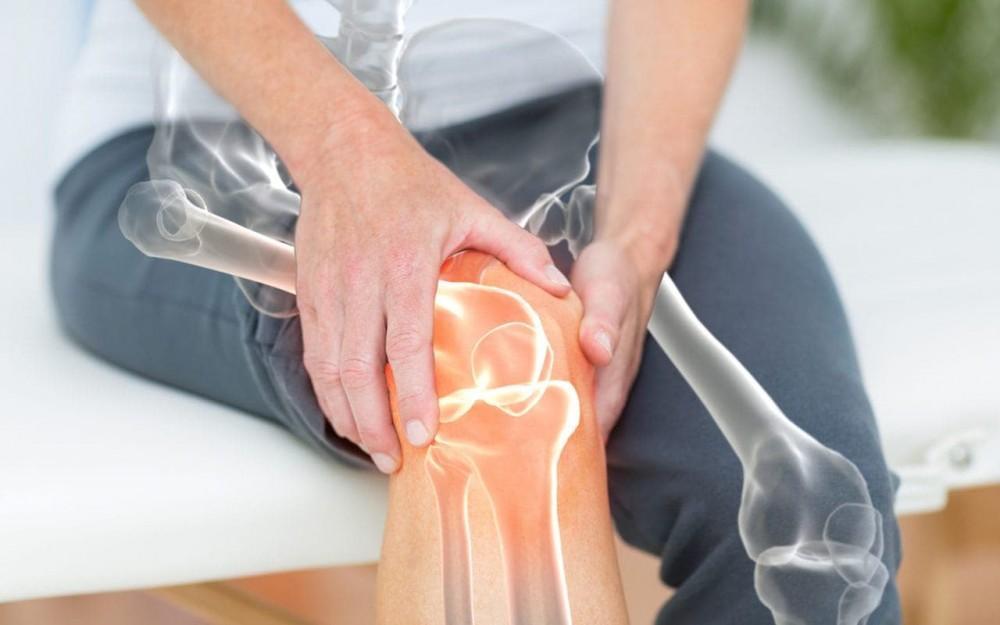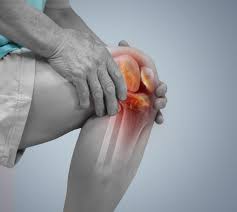Etiology
The etiology of arthritis varies with the type of arthritis. In osteoarthritis, the major contributory factors include advancing age, female sex, joint trauma, and obesity. Some genetic factors have been described such as mutations in genes encoding types II, IV, V, and VI collagens. [2][3]
Rheumatoid arthritis (RA), on the other hand, is an autoimmune systemic inflammatory disorder. An interplay between several genetic factors (HLADRB1 and others) and environmental factors (smoking) leads to activation and dysfunction of the immune system leading to inflammation in RA.
In Gout, prolonged hyperuricemia leads to uric acid deposition in joints, which then leads to joint inflammation. There are several genetic mutations that can cause hyperuricemia, although this accounts for less than 10% of gout. The majority of patients with gout are under-excretors ie. they are not able to get rid of all the uric acid that is produced in them as a result of endogenous or exogenous purine metabolism. Male sex, advancing age, chronic kidney disease, alcoholism, and certain drugs such as the diuretics are additional risk factors for hyperuricemia and gout.
Septic arthritis is acute arthritis that is rare in the general population, but patients with pre-existing risk factors such as immunodeficiency, advancing age, diabetes mellitus, prosthetic joints, rheumatoid arthritis, and intravenous drug abuse are at a higher risk.
Arthritis can frequently be seen in patients with other autoimmune diseases and is one of the most common clinical features in patients with systemic lupus erythematosus (SLE). [4] Other diseases frequently associated with arthritis include inflammatory bowel disease, psoriasis, celiac disease, Sjogren syndrome, systemic sclerosis, dermatomyositis, mixed connective tissue disease (MCTD), etc.

Epidemiology
Over one-third of the American population has arthritis on imaging, and this number is bound to increase with the mean population age. [5] Of the arthritides, osteoarthritis is most prevalent. Between 19% and 30% of adults over the age of 45 years have knee osteoarthritis[6], 27% have osteoarthritis of the hand, and 27% have osteoarthritis of the hip. [7] It is estimated that 40% of men and 47% of women will develop osteoarthritis in their lifetime, with the incidence increasing to 60% if they have a body mass index greater than 30. [8]
Gout is the most common inflammatory arthritis in the United States, affecting more than 8 million individuals in the United States with a prevalence of 3.9%, [9] with a prevalence of more than 9% in individuals over 60 years of age.[10][11]The incidence of gout is more than 45 per 100,000. Notably, both the incidence and prevalence of gout is on the rise with more than 2 fold increase in over the past few decades.[12] The prevalence of pseudogout in the adult population is between 4% and 7% with over half of patients suffering from knee arthritis. [13]
Rheumatoid arthritis is found in approximately 1% of Caucasians, with females being affected more frequently than males (lifetime risk of 3.6% in women vs. 1.7% in men). [14] Disease onset is typically in early adulthood, with a disease prevalence of 5% in women over the age of 65.

Septic arthritis is typically caused by bacterial seeding of an already arthritic joint via the hematogenous spread, most often from skin or urinary tract infection. Septic arthritis has a prevalence of 0.01% in the general population and 0.7% in patients with rheumatoid arthritis. [15]